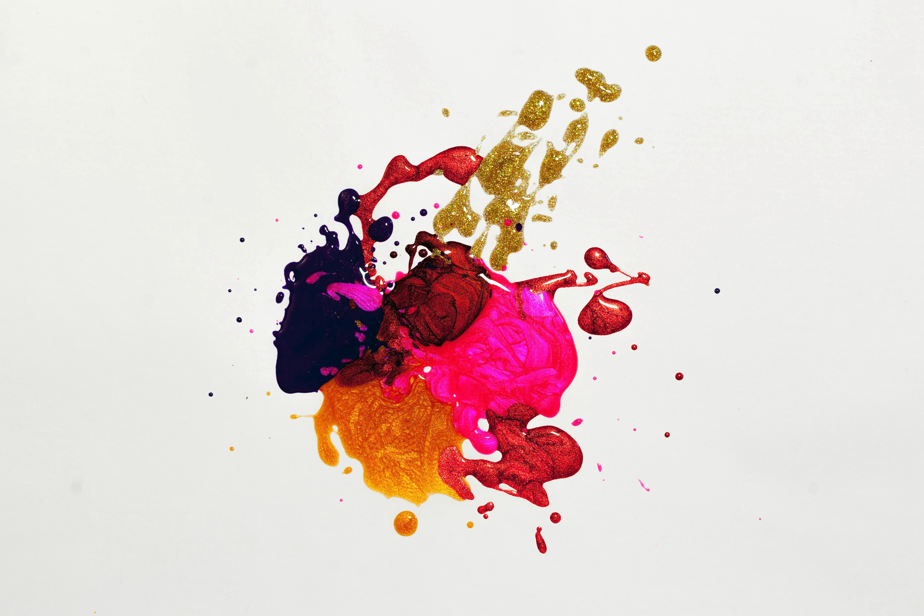
How Big is the Art Investment Market? | Insights & Analysis
Share
Art investment has long fascinated collectors and investors alike, blending passion with financial strategy. As traditional assets become more volatile, the art market emerges as a stable and profitable alternative. But how big is this market?
In this post, we’ll delve into the scale, growth, and potential of the art investment market, exploring the trends, key players, and future opportunities for investors.
The Global Art Market: An Overview
The global art market is vast and multifaceted, encompassing a variety of sectors including fine art, contemporary art, antiques, and collectibles. In 2022, the global art market was valued at approximately $67.4 billion, marking a significant recovery from the impact of the COVID-19 pandemic. This market is not just limited to galleries and auction houses; it also includes private sales, art fairs, and online platforms, each contributing to the overall market value.
Market Segmentation and Key Players
The art market can be segmented into several key areas:
- Fine Art: This includes paintings, sculptures, and other visual arts by established artists. Fine art represents the largest segment of the market, often driving the highest auction prices and private sales.
- Contemporary Art: Works created by living artists or those from the late 20th century to present. Contemporary art has seen tremendous growth, appealing to a younger generation of collectors.
- Antiques and Collectibles: These include historical artifacts, rare books, and vintage items that hold significant cultural value.
- Decorative Arts: This sector comprises items like furniture, ceramics, and textiles that are both functional and collectible.
Key players in the market include major auction houses such as Sotheby’s, Christie’s, and Phillips, which dominate high-end sales. Galleries, private dealers, and online platforms like Artsy and Artnet also play crucial roles in the ecosystem, providing access to a broader audience.
Market Growth and Trends
The art market has shown remarkable resilience and adaptability, even during economic downturns. Here are some key trends shaping the market:
- Digital Transformation: The pandemic accelerated the adoption of online sales platforms. In 2021, online art sales accounted for 20% of the global market, a significant increase from previous years. This shift has democratized access to art, allowing more people to participate in art collecting and investing.
- Fractional Ownership: This trend allows investors to buy shares in high-value artworks, making art investment more accessible. Companies like Masterworks are pioneering this model, enabling individuals to invest in blue-chip art without the need for large capital outlays.
- Sustainability and Provenance: There is growing emphasis on the sustainability and ethical sourcing of art. Collectors are increasingly interested in the provenance of artworks, ensuring they are not only authentic but also ethically acquired.
- Emerging Markets: Regions such as Asia, particularly China, and the Middle East are becoming significant players in the art market. These emerging markets are driving demand for both contemporary and traditional artworks.
The Financial Aspect of Art Investing
Investing in art is not just about passion; it’s also about potential financial returns. Historically, the art market has provided solid returns, with some artworks appreciating significantly over time. According to the Artprice Global Index, the average annual return on fine art investments over the past 20 years has been around 8%. However, returns can vary widely depending on the artist, the medium, and the market conditions.
Risks and Considerations
While art investment can be lucrative, it’s not without risks:
- Market Volatility: Like any investment, the art market can be volatile. Prices can fluctuate based on trends, economic conditions, and the reputation of artists.
- Liquidity: Art is not as liquid as stocks or bonds. It can take time to sell an artwork, and finding the right buyer is crucial.
- Authenticity and Provenance: Ensuring the authenticity and provenance of an artwork is vital. Fraud and forgeries are significant risks in the art market.
- Storage and Insurance: Proper storage and insurance are necessary to protect the investment, which adds to the overall cost.
Future Opportunities
The future of the art investment market looks promising, with several opportunities on the horizon:
- Technological Innovations: Blockchain technology is being used to track the provenance and authenticity of artworks, reducing the risk of fraud and increasing transparency.
- Expansion of Online Platforms: Continued growth of online art sales platforms will further democratize access to art, attracting new investors.
- Integration with Other Assets: Art is increasingly being recognized as a valuable part of a diversified investment portfolio, alongside traditional assets like stocks, bonds, and real estate.
- Educational Resources: Growing availability of educational resources and market data will help investors make informed decisions, enhancing the overall stability and growth of the market.
Conclusion
The art investment market is a dynamic and evolving sector, offering both passion and profit potential. With a market size of over $67 billion, significant growth trends, and increasing accessibility, art investment is becoming an attractive option for both seasoned collectors and new investors. However, like any investment, it requires careful consideration of risks and a thorough understanding of the market. By staying informed and leveraging new opportunities, investors can successfully navigate the fascinating world of art collecting and investing.
Whether you're a seasoned collector or just starting your journey, the art market offers a unique blend of aesthetic pleasure and financial opportunity. Happy investing!
